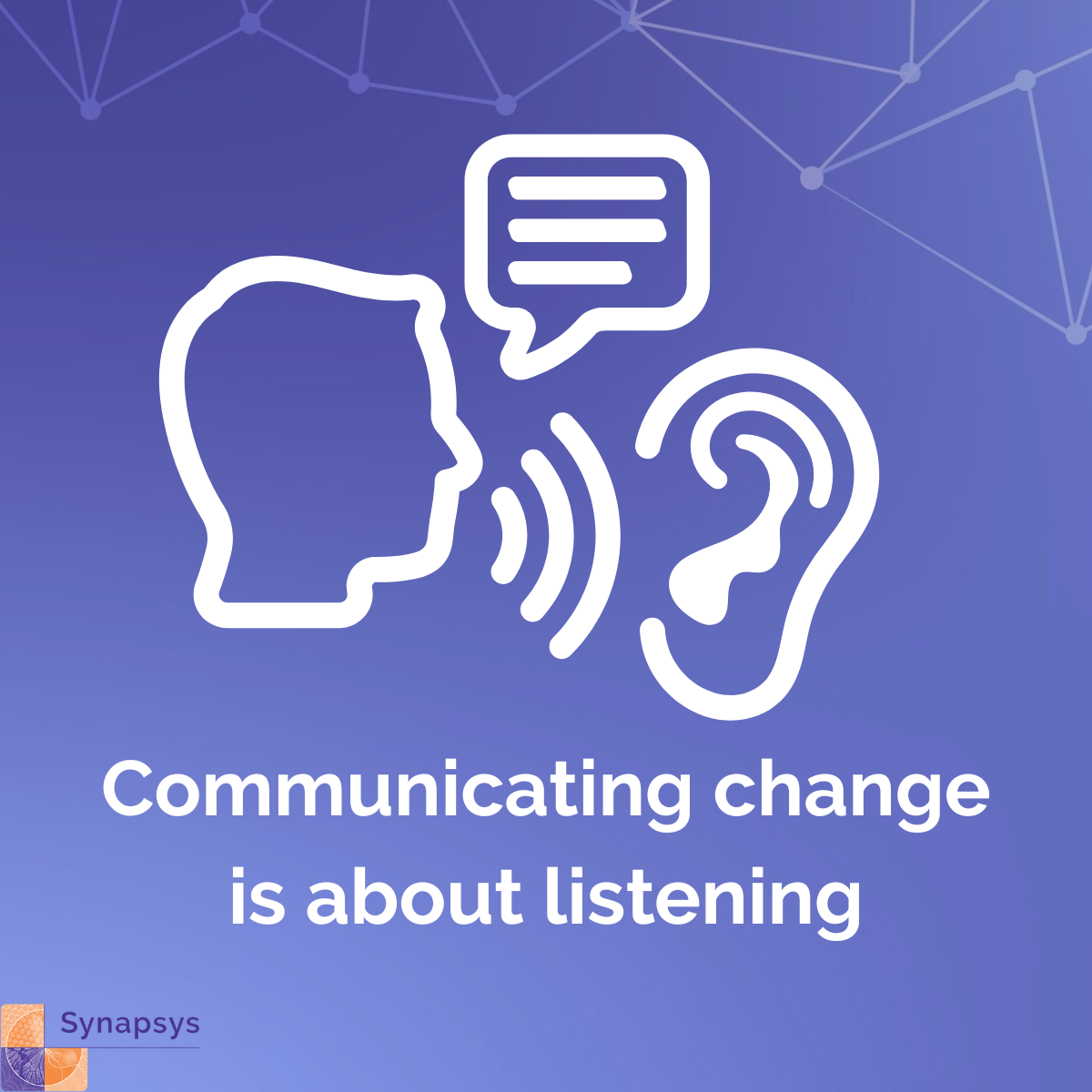
This article from BEM describes the all too familiar challenge of the change team believing that communications are being handled well, and the staff believing differently.
It outlines a useful checklist for planning communications, but the real value is in calling out the need for two-way dialogue. When the change team sees communication being about pushing information to affected staff, there are likely to be problems, for several reasons:
- There will not be any feedback on whether the comms are landing – no way to see if the strategy is working and more importantly, what to do about it when it’s not.
- For the staff, one-way traffic essentially says, ‘we’re doing change to you’. It speaks volumes about the fact that the organisation is not focused on the impact of change on staff – which will ultimately generate resentment.
- When it comes to maximising the benefits of change, much of the opportunity is on the ‘shop floor’. Day to day insights into how to change process and bring innovation that comes from affected staff will be just as critical to success as the business case and strategic drivers that set up the change in the first place. Staff who understand why it’s happening, and who know they are being listened to will innovate and adapt. Staff who feel they are being talked at probably won’t.
